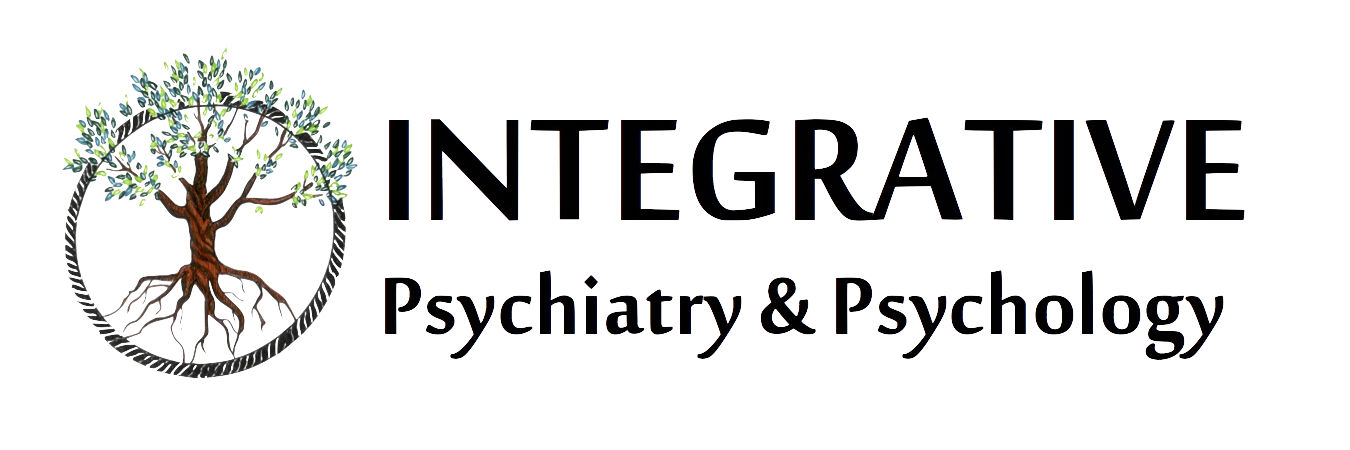What is hypnosis?
Hypnosis is a state of selective, focused attention that allows an individual to be open to suggestions. This state of concentrated attention is normal, natural and opens up possibilities for healing and change. Hypnosis can be guided by a trained hypnotist, self-led, or facilitated by the use of CD.
How can hypnosis be used in meet my goals?
Hypnosis may be used alone or in combination with other therapies for health related behavior change.
Hypnosis may not be useful for all conditions or all patients. Therefore it is important to talk to a qualified health care provider who has been trained in the use and limitations of medical hypnosis before deciding to include it as a part of your treatment.
What are the risks of hypnosis?
The risks associated with hypnosis are rare. The most common side effects are headaches, dizziness, drowsiness, nausea, anxiety, and confusion and disorientation. These symptoms are mild and temporary and usually resolve within a short period of time 2.
Contrary to myths about hypnosis, you cannot “get stuck” in a hypnotic state and you will not lose self-control while under hypnosis. You may feel very relaxed and focused but are not asleep and you are able to choose to reject suggestions at any time.
How do I choose a hypnotist?
As a healthcare professional, a hypnotist must be properly trained, licensed and credentialed. Evidence of education, training, and competence may take the form of membership in recognized professional organizations such as the Society for Clinical and Experimental Hypnosis and the American Society for Clinical Hypnosis.
The State of California does not require registration or licensure to provide hypnosis services. Therefore, membership in one of the above organizations is essential. It is also highly desirable and recommended that you choose a hypnotist who holds a currently valid license in a healthcare field such as a nursing, social work, medicine, psychology, or dentistry.
For more information
For more information on medical hypnosis, visit these websites:
· Society for Clinical and Experimental Hypnosis at www.sceh.us/
· American Society for Clinical Hypnosis at www.asch.net/
· National Cancer Institute http://www.cancer.gov/cancertopics/cam/mind-body-methods
References
1. Barabasz, A. F. (2006). Whither spontaneous hypnosis: A critical issue for practitioners and researchers. American Journal of Clinical Hypnosis, 48(2/3), 91-97.
2. Chiu, L. (2009). Update on medical hypnosis. Medical Bulletin, 14(2), 2-7.
3. Lang, E. V., Benotsch, E. G., Fick, L. J., Lutgendorf, S., et al. (2000). Adjunctive Non-pharmacological Analgesia for Invasive Medical Procedures: A Randomized Trial. The Lancet. 355, 1486-1490.
4. Montgomery, G. H., David, D., Winkel, G., Silverstein, J. H., and Bovbjerg, D. H. (2002). The Effectiveness of Adjunctive Hypnosis with Surgical Patients: A Meta-analysis. Anesthesia & Analgesia. 94(6), 1639- 1645.
5. Smith, G. D. (2006). Effect of Nurse-led Gut-directed Hypnotherapy upon Health-related Quality of Life in Patients with Irritable Bowel Syndrome. Journal of Clinical Nursing. 15(6), 678-684.
6. Spiegel, D. (2005). Multileveling the playing field: Altering our state of consciousness to understand hypnosis. Contemporary Hypnosis, 22(1), 31-33.
7. Spiegel, H., Greenleaf, M., and Spiegel, D. (2005). Hypnosis: An adjunct for psychotherapy. In Kaplan & Sadock’s Comprehensive Textbook of Psychiatry, 8th ed. p. 2548-2568. Philadelphia, Pennsylvania: Lippincott, Williams, & Wilkins.
